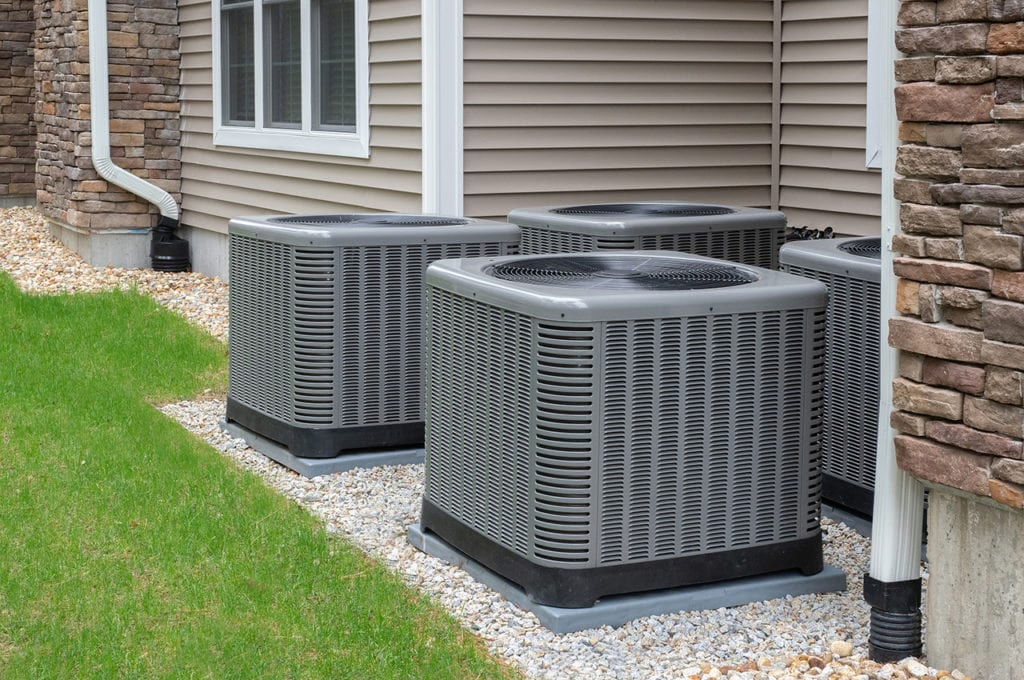If your HVAC system has a heat pump, you already know that this term can seem like a misnomer: after all, in Jacksonville’s mild climate, the heat pump provides far more cool air than warm. This ability to produce air at a wide range of temperatures can be attributed to the reversing valve, a metal cylinder with a slide that moves back and forth to switch between the heating and cooling modes. Read on to learn more about the heat pump’s reversing valve and some signs that your valve may be in need of repair or replacement.
How to Use Your Reversing Valve
This valve is powered by a solenoid, which uses a small electrical current to move the reversing valve back and forth whenever you toggle between the “heat” and “cool” modes on your thermostat. Once the reversing valve has moved to its final destination, it switches the flow of refrigerant. This means that in the summer, your heat pump uses refrigerant to extract heat from the air and vent it outside; in the winter, this refrigerant is used to absorb heat from the outside air and transfer it into your home.
Some Signs Your Reversing Valve is in Trouble
Because the reversing valve makes the temperature-changing process seem almost automatic, it can be tough to anticipate any issues with your reversing valve until it suddenly surprises you by not working. If your heat pump is blowing out warm or room-temperature air, regardless of what the thermostat setting says, you may be dealing with a reversing valve issue. By that same token, if you’ve turned your heat on and the air coming through your vents feels as though it’s been run through an air conditioner, your heat pump may still be stuck on “cooling” mode.
The reversing valve can also be vulnerable to refrigerant leaks. A heat pump is designed to be an airtight system, maintaining a consistent level of pressure in the condenser coils to produce accurate temperatures. But if there’s a small leak somewhere in this system, refrigerant can evaporate, preventing your heat pump from properly heating the air in winter and cooling it in summer. And if this leak is in your reversing valve, you’ll almost always need to replace the entire part.
Whether you’ve run into a refrigerant issue or are having other problems with your air conditioner or HVAC system, A/C Designs can help. Our experienced technicians can quickly diagnose your HVAC issues and get you started on the path to repair. Give us a call today to get in touch with one of our knowledgeable professionals.

